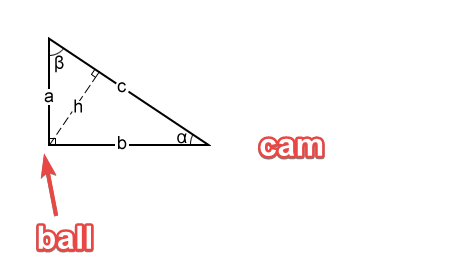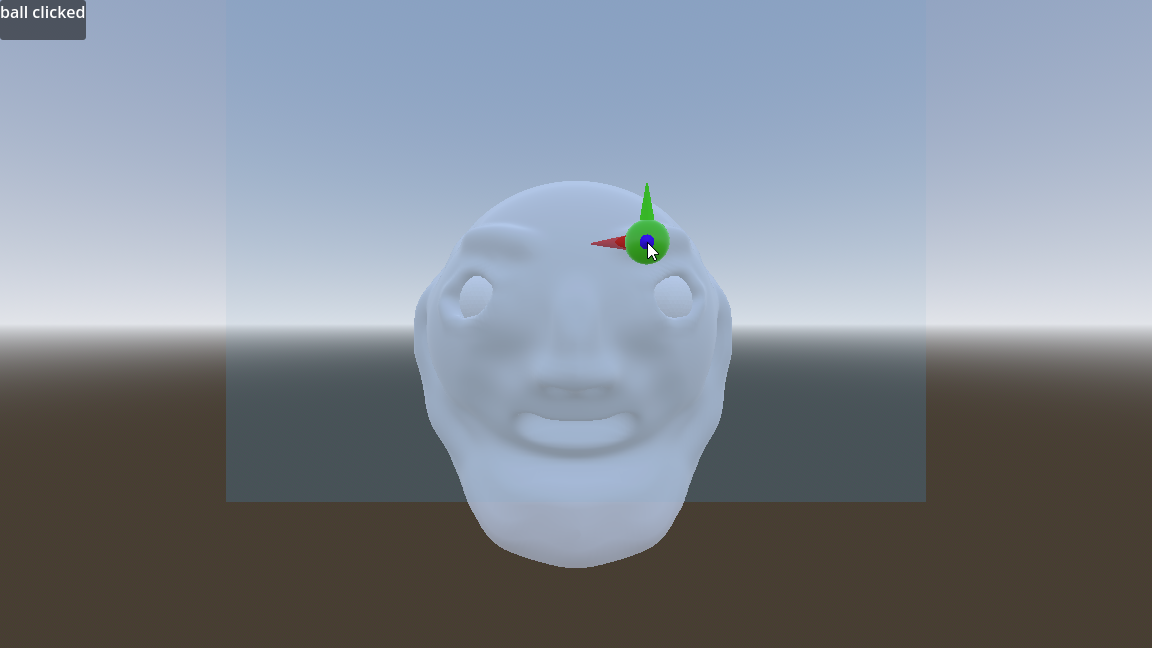As my investigation continues, i applied high maths to achieve some results.
The mission was to create an draggable object in 3d space that does what grab function does in blender - moves object in 3d space when you move mouse in a direction based on camera look direction (in parallel)
Like this
I kinda achieved what i want but not sure if its optimal.
Like @xyz suggested, i create a plane that orients itself to camera, not looking at camera but at same rotation in space.
This plane is created at the ball origin.
This plane is then scaled up based on trig function to get the "max height of the FOV at the ball origin".
Then i get the raycast from camera to the plane and position the ball on the plane at the ray collision point.
One problem is that if the ball is at the edge of the screen then you can see the plane edges,
The trig function does not produce the "correct" result, idk why..
So the idea was to do the trig this way


# calculate size of a projection plane
var b = (ball_position - camera_3d.global_transform.origin).length()
var angle_trig = camera_3d.fov/2
var c = b / (cos(deg_to_rad(angle_trig)))
var plane_height = sqrt(pow(c,2) -pow(b,2))*2
But the result gives me small plane

So i have to scale it up 2x when i insert the plane
# Create new plane object
var new_mesh:StaticBody3D = PLANE_MESH.instantiate()
# Set plane orientatin and scale
new_mesh.position = ball_position
var new_basis: Basis
var direction:Vector3 = (camera_3d.global_transform.origin-ball_position)
new_basis.z = -direction
new_basis.x = camera_3d.transform.basis.x
new_basis.y = camera_3d.transform.basis.y
new_mesh.transform.basis = new_basis
new_mesh.scale = Vector3.ONE * plane_height*2
So my question is am i doing something wrong with the trig function? or am i on right path? Or maybe there is other way to do it?